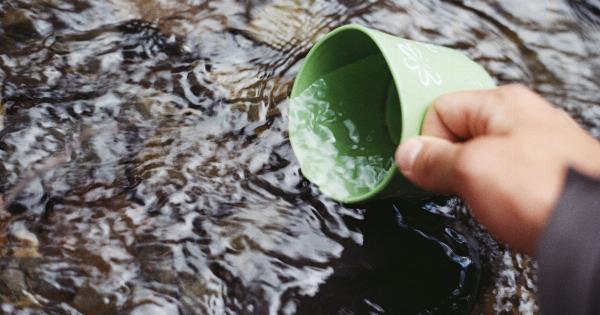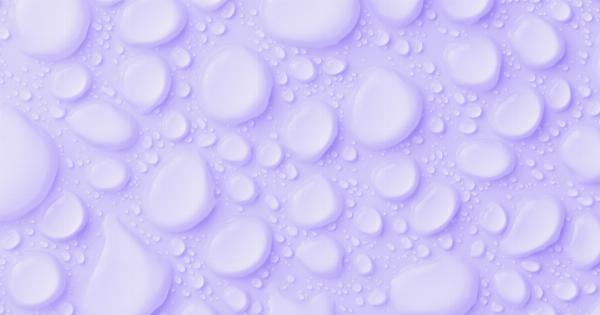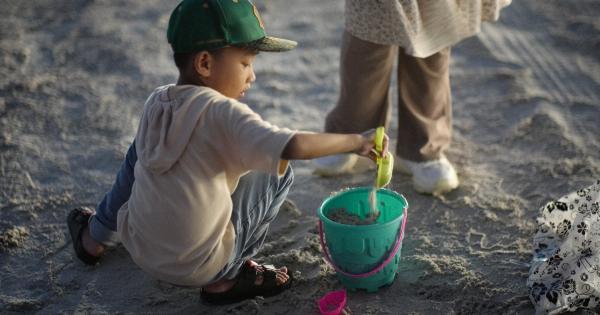Water is one of the most precious resources on our planet. It is the source of life and without it, we would not survive.
However, in recent years we have seen an increase in water-borne illnesses and diseases, causing epidemic outbreaks in some parts of the world. As such, safeguarding our water supply is more important now than ever before. In this article, we will explore the dangers of water-borne diseases and why it is crucial to take steps to protect our water sources.
The Dangers of Water-Borne Diseases
Water-borne diseases are caused by pathogenic microorganisms that are present in contaminated water sources. These microorganisms can cause a range of illnesses, ranging from mild to severe, and can even be life-threatening in some cases.
Some common water-borne diseases include cholera, typhoid fever, dysentery, and hepatitis A.
These diseases can affect anyone who comes into contact with contaminated water, but they are particularly dangerous for infants, young children, and the elderly.
According to the World Health Organization (WHO), water-borne diseases are responsible for an estimated 3.6% of the global burden of disease. In some parts of the world, they are the leading cause of death among children under the age of five.
The Importance of Safeguarding Our Water Sources
The dangers posed by water-borne diseases highlight the critical importance of safeguarding our water sources. In many parts of the world, people rely on rivers, lakes, and groundwater for their daily water needs.
However, without appropriate safeguards in place, these sources can become contaminated with microorganisms that can cause illness and disease.
One of the most significant threats to our water sources is pollution. Human activities such as industrial production, agriculture, and urbanization can all contribute to water pollution, causing harmful chemicals and substances to enter our waterways.
Other factors, such as climate change and the overuse of water resources, can also have an impact on the quality and availability of water.
Fortunately, there are steps that can be taken to safeguard our water sources and reduce the risk of water-borne diseases. These include:.
- Implementing strict regulations to limit pollution and control the discharge of harmful chemicals and substances into our waterways.
- Investing in infrastructure to improve water treatment and purification processes, ensuring that the water we consume is safe and clean.
- Encouraging people to adopt water conservation practices to reduce the risk of overuse and depletion of our water resources.
- Increasing public awareness of the risks posed by water-borne diseases and the importance of safeguarding our water sources.
The Role of Technology in Safeguarding Our Water Sources
In recent years, technological advances have played an important role in safeguarding our water sources.
From water treatment plants to cutting-edge monitoring systems, technology is being used to enhance our ability to detect and respond to potential threats to our water supply.
One example of how technology is being used to improve water quality is through the use of sensors. These devices can be used to monitor water quality in real-time, detecting changes in the levels of microorganisms and other contaminants.
This allows for early detection of potential threats and the implementation of measures to prevent outbreaks of water-borne diseases.
Another example of how technology is being used to improve water quality is through the use of nanofiltration systems.
These systems use nanotechnology to filter out contaminants such as viruses and bacteria, providing an additional layer of protection against water-borne diseases.
Conclusion
In conclusion, safeguarding our water sources is critical to protecting our health and well-being, as well as that of the planet.
With the increasing threat of water-borne diseases and the impact of climate change and pollution on our water resources, it is more important than ever to take action to protect our most precious resource. Through investment in infrastructure, public awareness campaigns, and the use of technology, we can ensure that we have access to clean and safe water for generations to come.




























